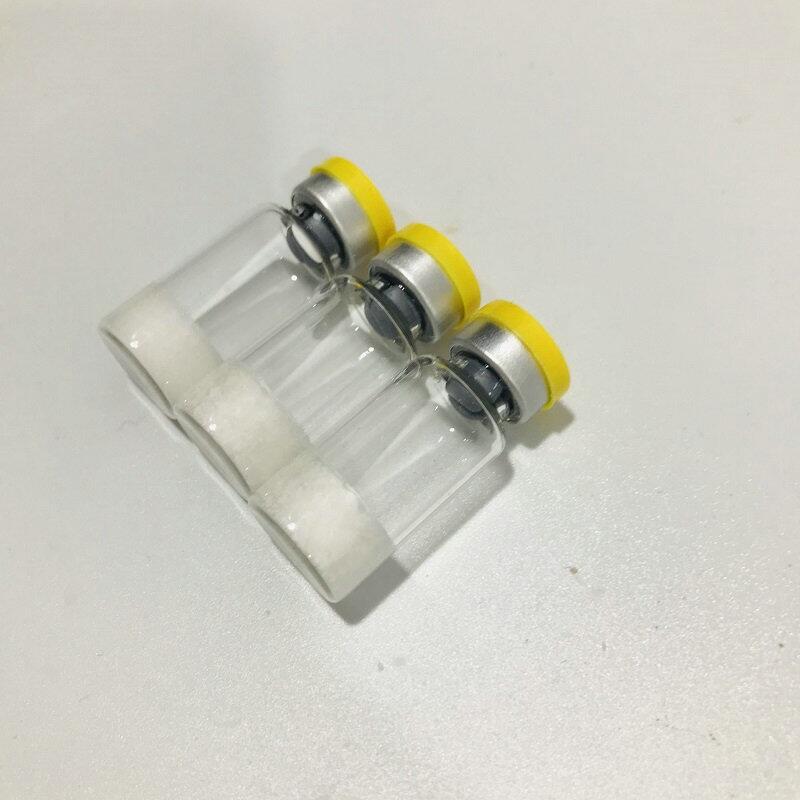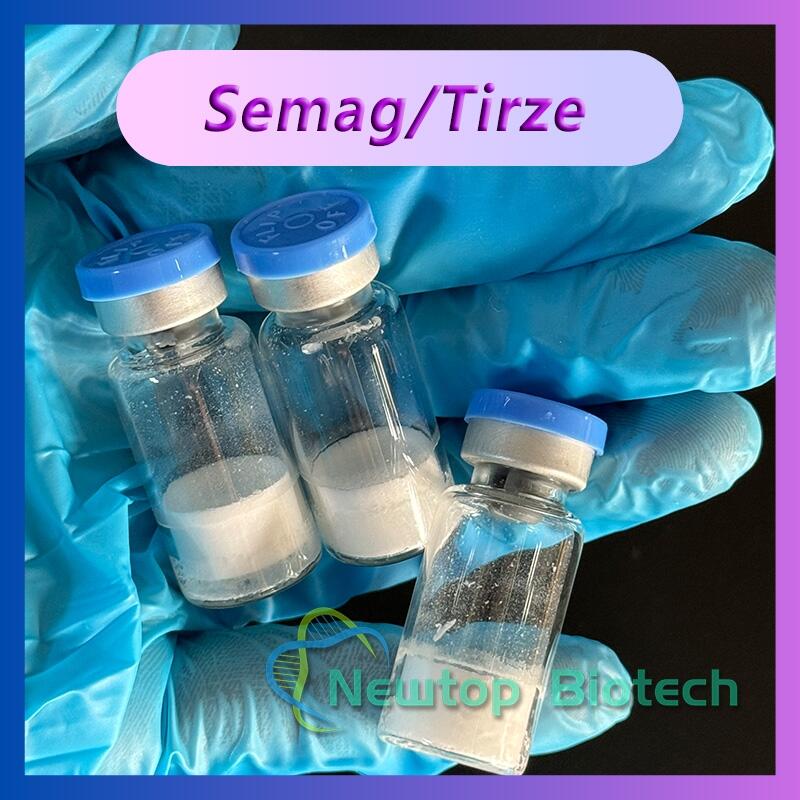-
Categories
-
Pharmaceutical Intermediates
-
Active Pharmaceutical Ingredients
-
Food Additives
- Industrial Coatings
- Agrochemicals
- Dyes and Pigments
- Surfactant
- Flavors and Fragrances
- Chemical Reagents
- Catalyst and Auxiliary
- Natural Products
- Inorganic Chemistry
-
Organic Chemistry
-
Biochemical Engineering
- Analytical Chemistry
-
Cosmetic Ingredient
- Water Treatment Chemical
-
Pharmaceutical Intermediates
Promotion
ECHEMI Mall
Wholesale
Weekly Price
Exhibition
News
-
Trade Service
The Synthetic Routes of O-Methylisourea Hydrogen Sulfate in the Chemical Industry: An Overview
O-Methylisourea hydrogen sulfate is an important chemical compound that finds extensive application in various industries, including the chemical, pharmaceutical, and agrochemical sectors.
The synthetic routes to this compound have been the subject of extensive research in recent years, and various methods have been developed to synthesize it in a cost-effective and efficient manner.
In this article, we will discuss the different synthetic routes to O-methylisourea hydrogen sulfate and their importance in the chemical industry.
- The traditional route to O-methylisourea hydrogen sulfate
The traditional route to O-methylisourea hydrogen sulfate involves the reaction of chloroformic acid with sodium hydroxide, followed by addition of methyl iodide.
This method has been in use for several decades and is relatively simple and straightforward.
However, it has several drawbacks, including the generation of hazardous waste, high energy consumption, and the requirement for expensive equipment.
- The greener synthetic route to O-methylisourea hydrogen sulfate
In recent years, there has been a growing emphasis on developing greener and more environmentally sustainable synthetic routes to chemical compounds.
One such route to O-methylisourea hydrogen sulfate involves the use of microwave-assisted synthesis.
This method involves the reaction of methyl iodide with sodium hydroxide in the presence of a microwave beam.
The microwave energy helps to accelerate the reaction, reducing the reaction time and the amount of hazardous waste generated.
This method has been shown to be more efficient and environmentally friendly than the traditional route.
- The use of catalysts in synthesizing O-methylisourea hydrogen sulfate
Another route to synthesizing O-methylisourea hydrogen sulfate involves the use of catalysts.
This method involves the reaction of methyl iodide with sodium hydroxide in the presence of a catalyst, such as sodium hydrogen carbonate.
The use of a catalyst helps to accelerate the reaction, reducing the reaction time and the amount of energy required.
This method has been shown to be more efficient and cost-effective than the traditional route.
- The use of solvents in synthesizing O-methylisourea hydrogen sulfate
In some cases, solvents may be used in the synthesis of O-methylisourea hydrogen sulfate.
For example, the reaction of methyl iodide with sodium hydroxide in the presence of dimethylformamide has been reported to result in the formation of O-methylisourea hydrogen sulfate.
The use of solvents can help to improve the solubility of the reactants and products, making the reaction more efficient.
- The use of enzymes in synthesizing O-methylisourea hydrogen sulfate
In recent years, there has been increasing interest in the use of enzymes in synthesizing chemical compounds.
Enzymes are biological catalysts that can accelerate chemical reactions, making them more efficient and environmentally friendly.
The use of enzymes in the synthesis of O-methylisourea hydrogen sulfate has been reported in the literature, and this method has been shown to be more efficient and environmentally friendly than the traditional route.
In conclusion, the synthetic routes to O-methylisourea hydrogen sulfate are diverse and can involve different methods, including the use of microwave energy, catalysts, solvents, and enzymes.
The choice of synthetic route will depend on the specific requirements of the application and







